Smart City Marketplace Solution Booklets
Date: 2019-2024
Design: Agata Smok (between 2019-2024)
Publisher: European Commission Directorate-General for Energy
Link: Smart City Marketplace
Description
Smart City Marketplace Solution Booklets explain a technology or a concept and its potential for application in a city, in a short booklet of around 40 visually engaging pages. The booklets are written in an accessible style so that non-technical experts can easily understand the technologies described. They provide various stakeholders with a good overview as well as a deeper dive into what the specific technology or concept includes and what it could mean for a particular city or municipality. It brings forward the lessons learned from pilot projects and previous applications, the enabling framework, the business case, and the potential support the city can deliver to enable the technology or concept to be rolled out.
The booklets’ subjects range from technical, like district heating and cooling networks or e-buses, to non-technical matters like citizen engagement or implementing sustainable and smart city strategies. All booklets contain a number of relevant examples, descriptions of cases, and useful references.
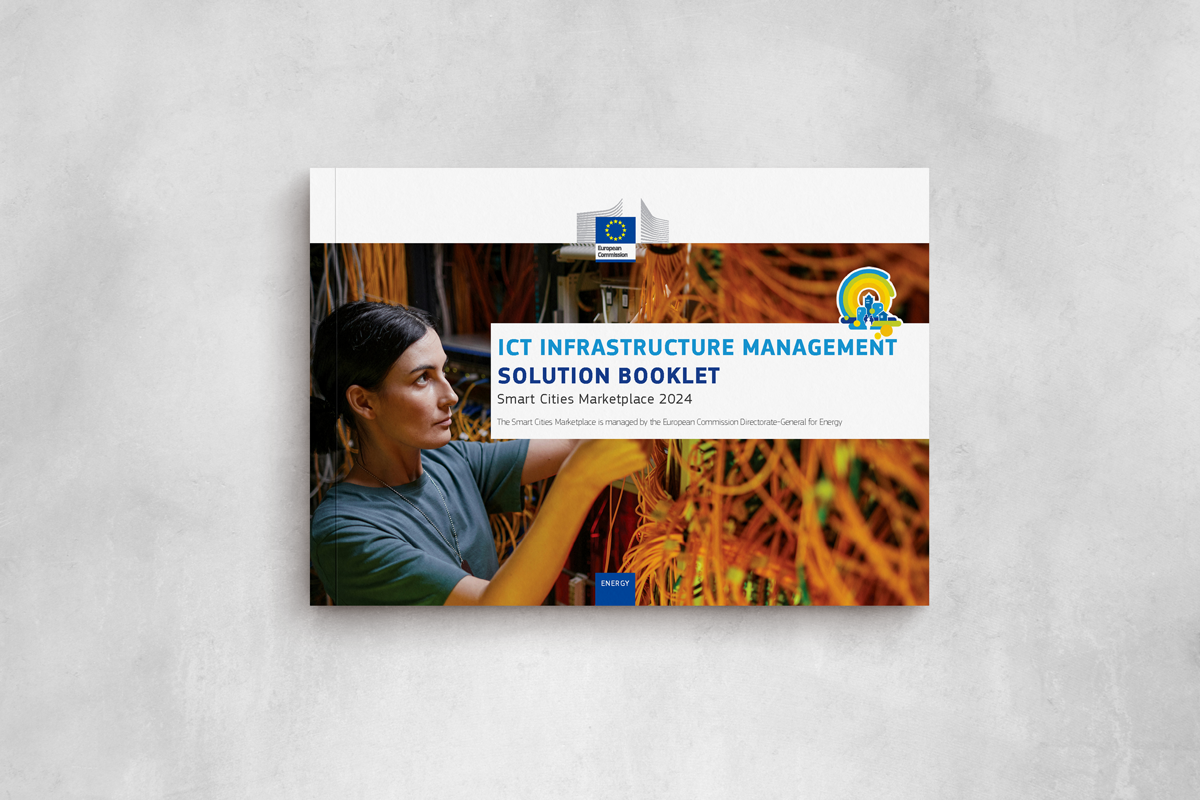

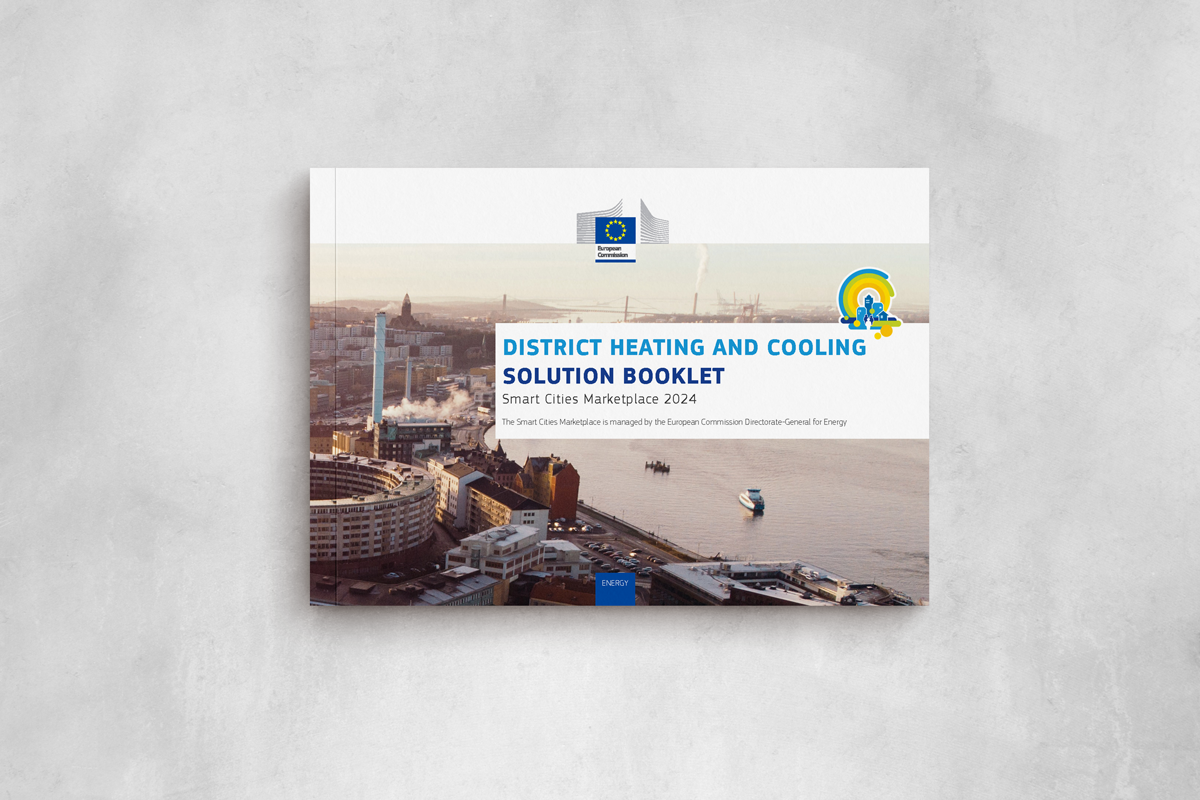



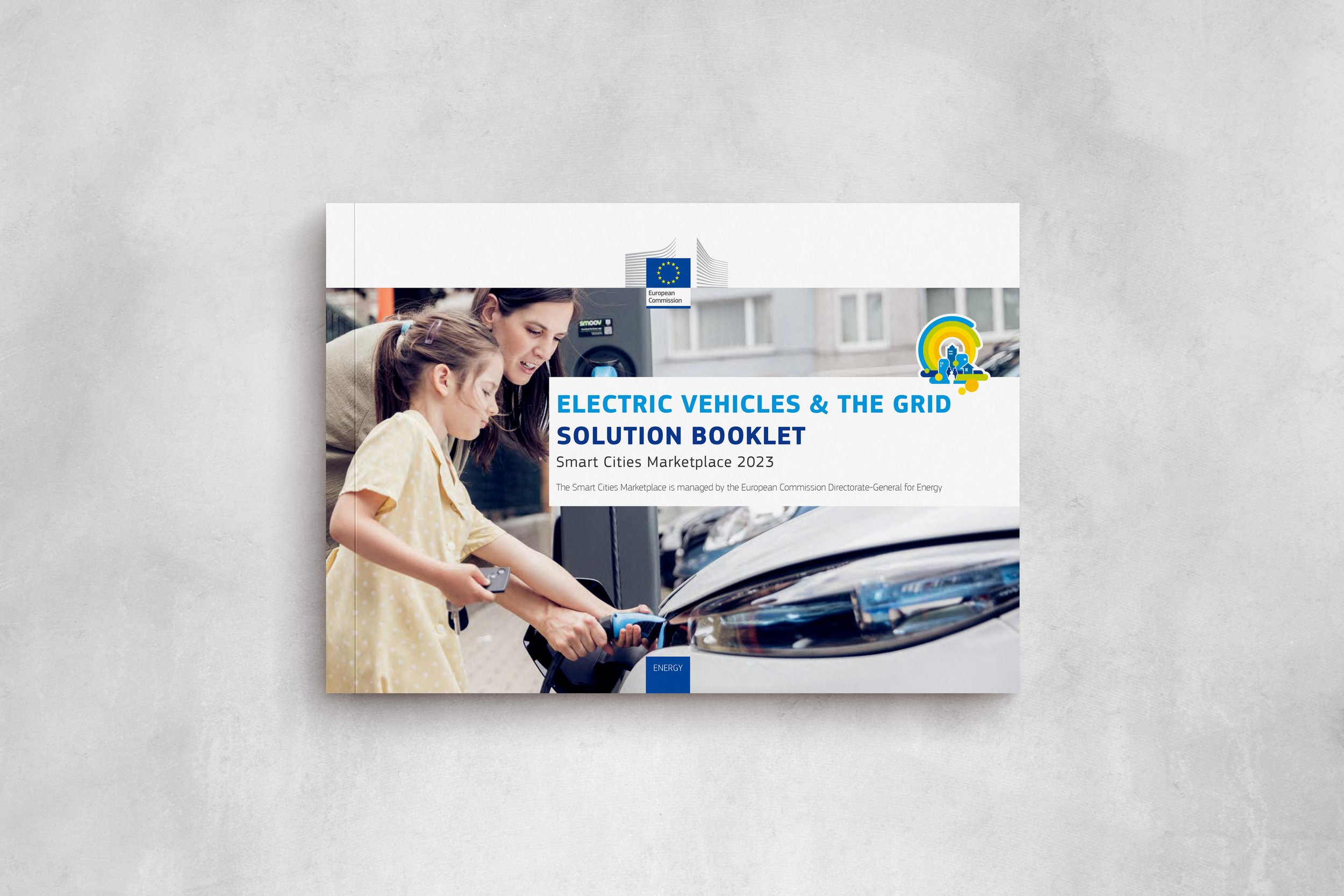
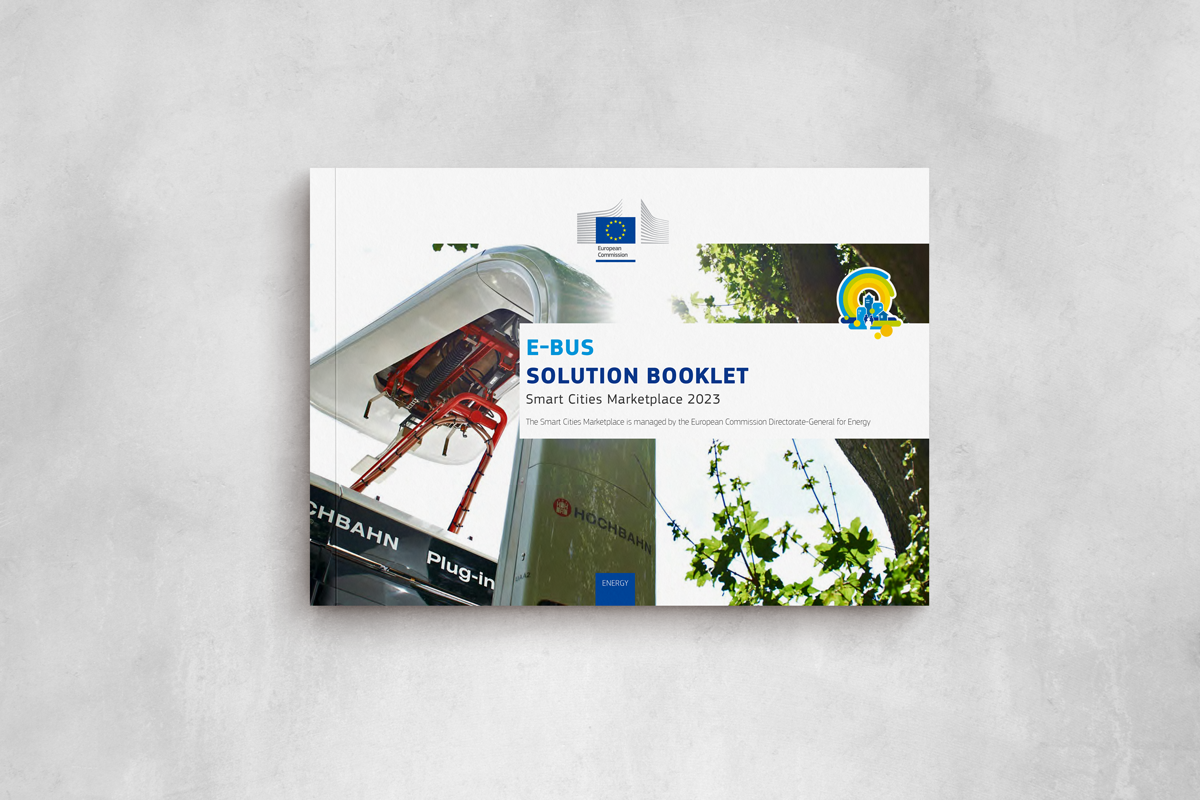


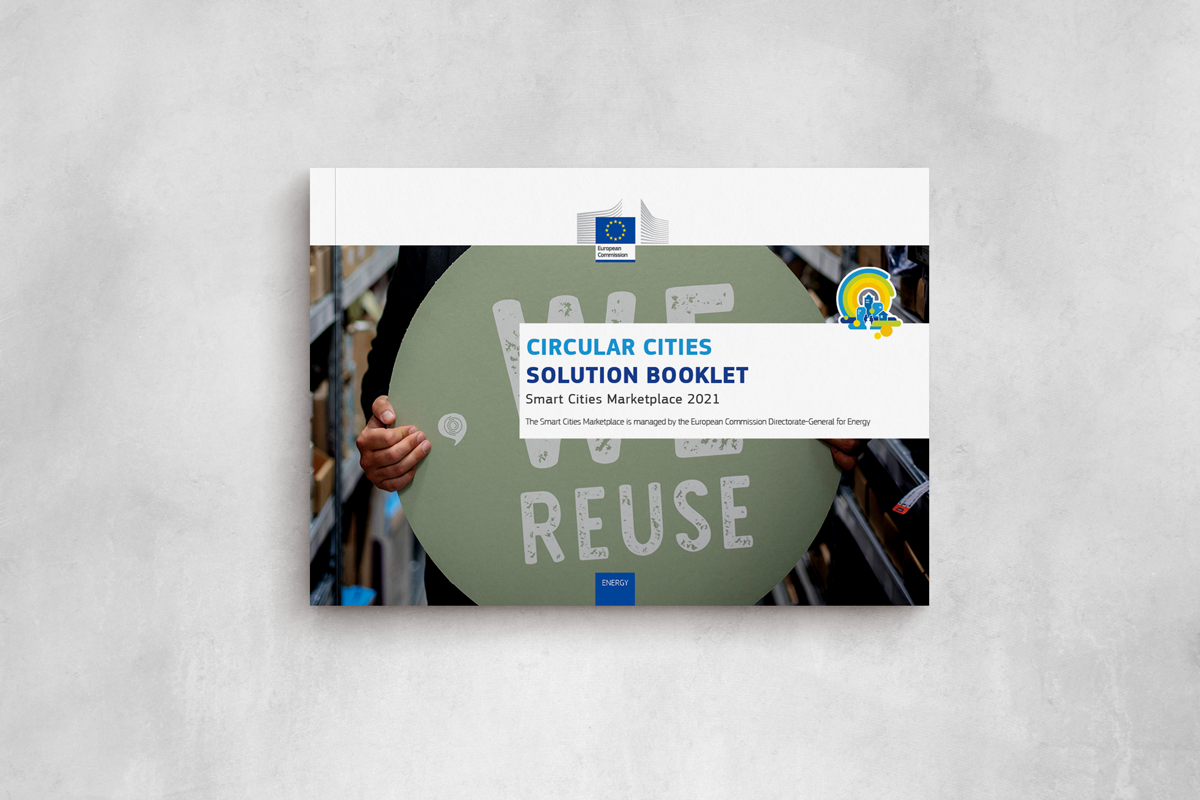



Socio-Technical Tipping Points Solution Booklet explores the concept of "Social Tipping Points" (STPs), moments of significant societal change that can trigger major shifts like political upheavals, social revolutions, and changes in mentality.
It builds on Malcolm Gladwell's popularisation of "tipping points" and the 2008 focus on STPs in the context of climate change to help policymakers understand and identify leverage points within their cities to drive meaningful social change towards sustainability.
The booklet provides insights into recognising and utilising socio-technical tipping points to facilitate systemic change, offering practical guidance for policymakers to foster a sustainable and resilient society.
As cities aspire to become more digitised, automated, and smart, local governments must consider the readiness of their telecom infrastructure and network architecture to meet these future challenges. This booklet explores critical topics related to building a consistent, sustainable, and reliable smart city infrastructure.
Key topics covered include IoT infrastructure and telecommunications infrastructure. The booklet delves into the transformative impact of the Internet of Things (IoT) on smart cities, explaining how a network of interconnected sensors and actuators can collect and process data to facilitate smart city functions. The importance of deploying these devices at scale to achieve true interconnectivity is highlighted. Additionally, it discusses the need for a robust and reliable telecommunications infrastructure to support the massive data flow generated by IoT devices, emphasizing the requirement for powerful networks capable of handling large volumes of information with real-time responsiveness.
By addressing these essential components, the booklet provides insights and guidance on preparing telecom infrastructure to support the vision of smart cities effectively.
This English, French and German version of the solution booklet presents electric buses’ replication potential and barriers from a technical, financial, social and governance perspective.
Desk research, expert interviews with different stakeholders and webinars were conducted in order to gather experiences from various EU/national/regional/local projects in different European countries. E-buses currently represent 6.1% of the sales of new buses in Europe. The decarbonisation of public transport systems will be crucial as European countries and cities move towards a net zero economy, and as such, the e-bus market will continue to expand.
This booklet focuses specifically on envelope retrofit and considers it from a technical, financial, social and governance perspective.
Implementation barriers, as well as the upscaling potential, will be discussed and illustrated by experiences from different European projects. Given the importance of energy retrofit, the EU has supported many consortia to experiment with new techniques and operational procedures, financing schemes, end-user engagement strategies and governance process setups. From the analysis of a set of nearly 50 building retrofit demonstrators, it appears that half of the retrofit projects realise savings of 50-75% of the total final energy demand.
The overall goal of urban freight logistics is to provide better and more customised last-time logistic services for citizens, fostering local economic development through local logistics businesses, while reducing the negative impact the delivery of goods has on our urban environment.
The European Commission’s shows a clear interest in sustainable solutions for urban freight logistics, as the White Paper* “Zero emission urban logistics in major urban centres by 2030” elaborates.









